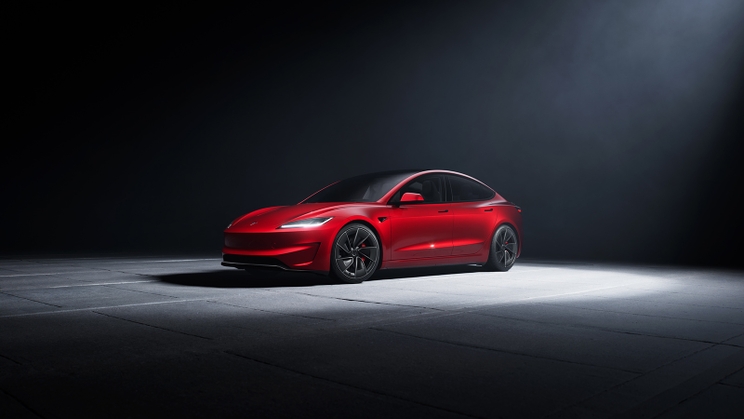Tesla was one of the first companies to commit to building a network of EV chargers.
This gave it an initial lead over the competition because it made long-distance driving easy – you always knew a quick recharge was only a few miles away.
Of course, plenty of other charging networks are now available, but Tesla Superchargers are still among the most convenient and affordable options. Plus, a portion of the network is now open to other car brands.
Tesla Supercharger network overview
- Global network of EV fast-charging stations
- More than 1,500 across the UK and Europe
- Each station has several individual EV chargers – usually between 8 and 16
- Charging speeds up to 250kW
- Open to all Tesla models
- Some stations are also open to EVs from other brands
- Currently the cheapest fast-charging network in the UK
How does the Tesla Supercharger network work?

Using the Supercharger network is easy. Tesla drivers can find nearby Superchargers using their car's built-in navigation system. If you're tackling a long drive in your Tesla, the car will automatically include Supercharger stops in your route. Using your Tesla's navigation system to direct to a charger will also precondition your battery pack for faster charging.
Simply drive to the Supercharger as directed and park in an empty charging point. Then grab the charging cable attached to the Supercharger pillar, and plug it into your Tesla's charging port. The port is located in the rear-left brakelight housing, and can be opened either with a press on the cover, using the car's screen, or through the Tesla app.
Charging is automatically billed to the Tesla account associated with your car. You should have already set up your Tesla account when you bought the car, but you can do this through the app if you've not yet done so. For non-Tesla EVs, you'll need to set up an account through the Tesla app and input the make and model of your car – at which point the app will point you to Superchargers open to other brands, and handle your payment options.
How much does the Tesla Supercharger network cost?
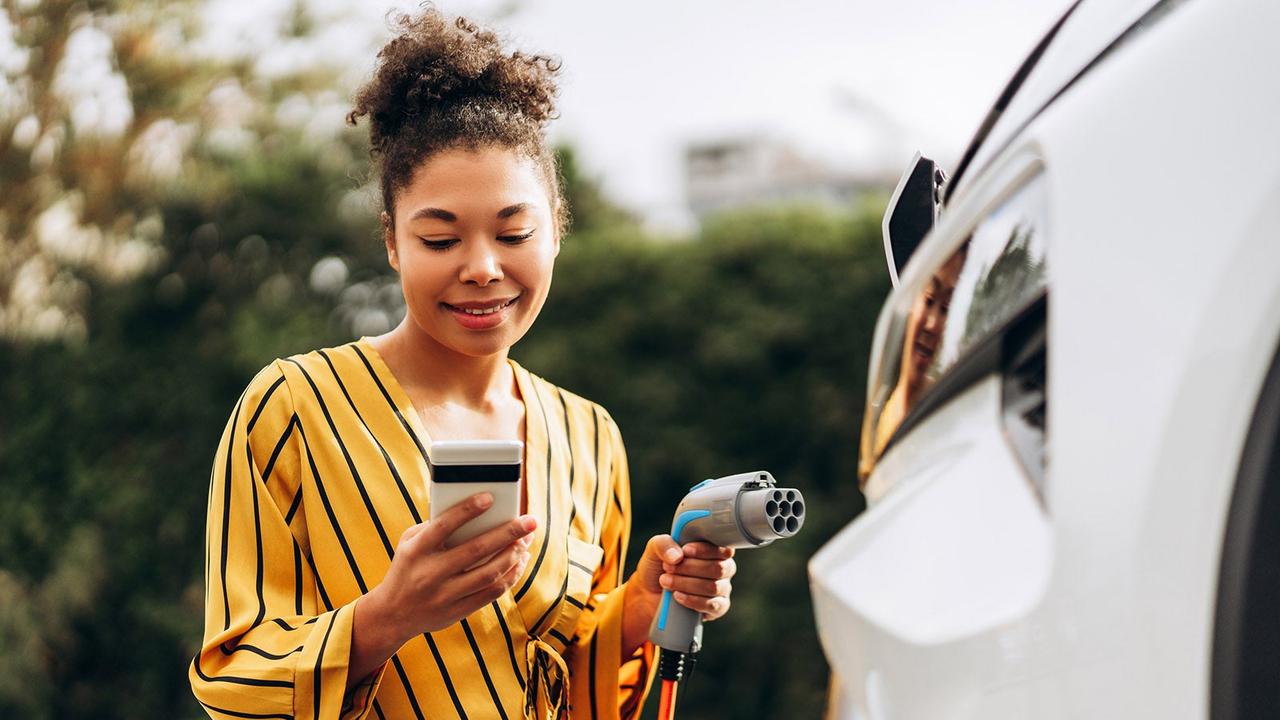
The Supercharger network is currently the most affordable fast-charging network in the UK. Exact pricing varies according to demand, but costs for Tesla cars are usually around 40p/kWh or less at off-peak times. That compares favourably to an average of more than 70p/kWh at many competing fast-charging networks.
Off-peak charging prices for non-Tesla models are 52p/kWh at the time of writing. Expect prices for both Tesla and non-Tesla cars to be higher when demand peaks. Off-peak and peak times vary by station, but you can see prices in the Tesla app before setting off.
Is the Tesla Supercharger network free?

For the majority of cars, the Tesla Supercharger network is not free. Most Tesla models and all non-Tesla cars will have to pay for the electricity they use. However, some of the first Tesla models were sold with free Supercharging as an added bonus. These vehicles can still make free use of the Supercharger network and, if you happen to buy one of these models as a used car, you'll be able to take advantage of this benefit.
As a broad rule, certain Model S and Model X cars sold until early 2017 were available with free Supercharging. A small number of newer models might include free Supercharging as a result of a limited promotion but, generally speaking, it's only found on pre-2017 cars.
Early Model 3 Performance cars as well as the first Cybertrucks were offered with free Supercharging. However, this was only made available to the first owner and doesn't transfer when the car is sold.
Which cars can use the Tesla Supercharger network?
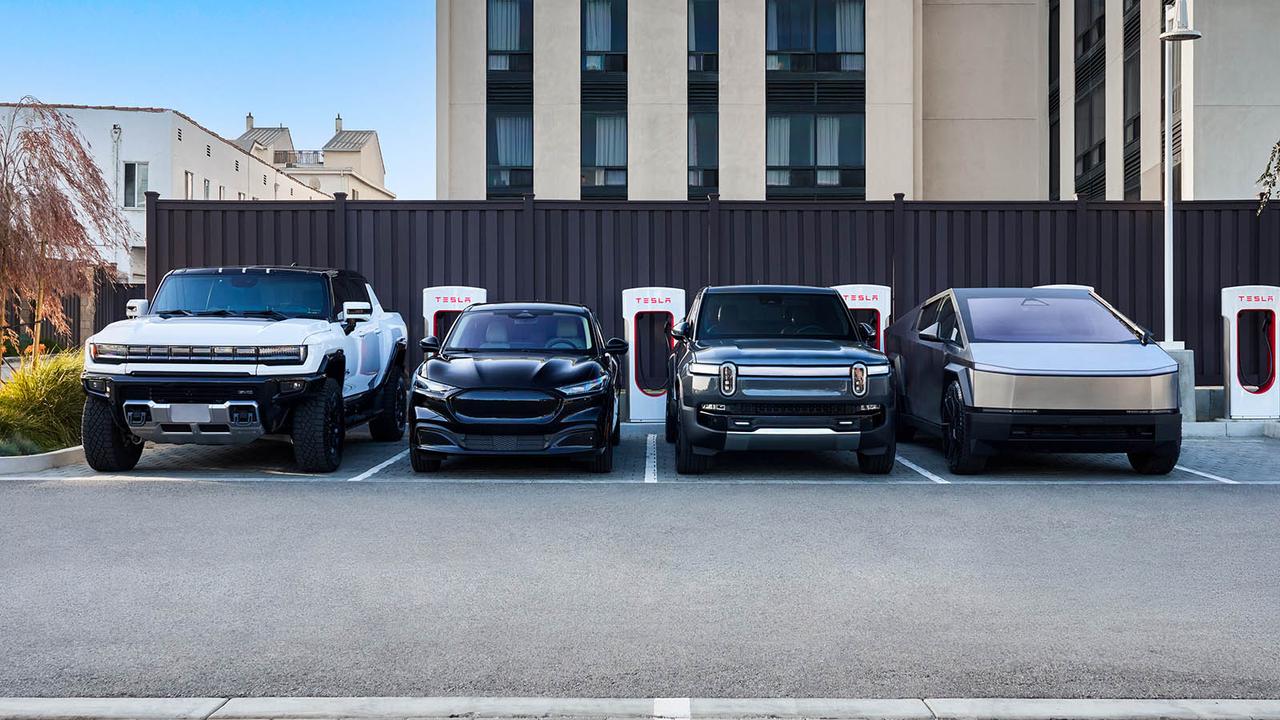
As you'd expect, all Tesla cars can charge at any Supercharger at any time. However, a portion of the Supercharger network is actually open to EVs from other brands. Non-Tesla cars are only able to charge at certain locations – you can find out which stations are available through the Tesla app.
How to get access to Tesla Supercharger network?
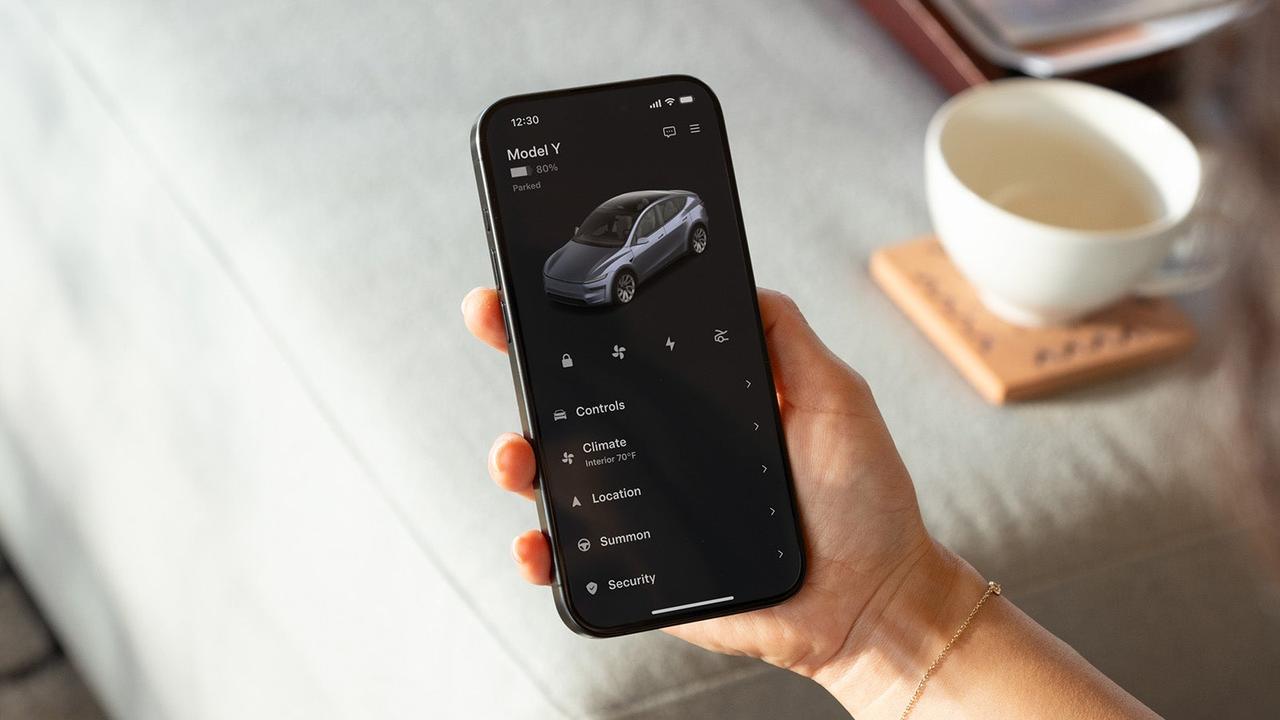
Whether you're charging a Tesla or a non-Tesla car, you'll need a Tesla account to access the Supercharger network. The easiest way to open a Tesla account is by using the Tesla smartphone app, where you can add your vehicle and payment details.
To start charging in a Tesla car, simply pull into to an empty charging spot, connect the charging cable and the system will automatically take care of the rest. You can monitor charging and payment through your Tesla app.
To use the Supercharger network in a non-Tesla, first make sure you've set up a Tesla account and linked a payment method to it. At that point, you can use the app to locate an empty charger and start your charging session.
How do I pay for a Tesla Supercharger?
Payment for Tesla's Supercharger network is automatically billed to the payment method attached to your Tesla account. If you're in a Tesla car, you can simply pull up, connect the cable and start charging, and the system will automatically bill your account.
For non-Teslas, payment is broadly the same – you pay for charging using the payment method attached to your Tesla account. However, you'll need to start the charging session through the Tesla app.
What are the different Tesla charging stations?
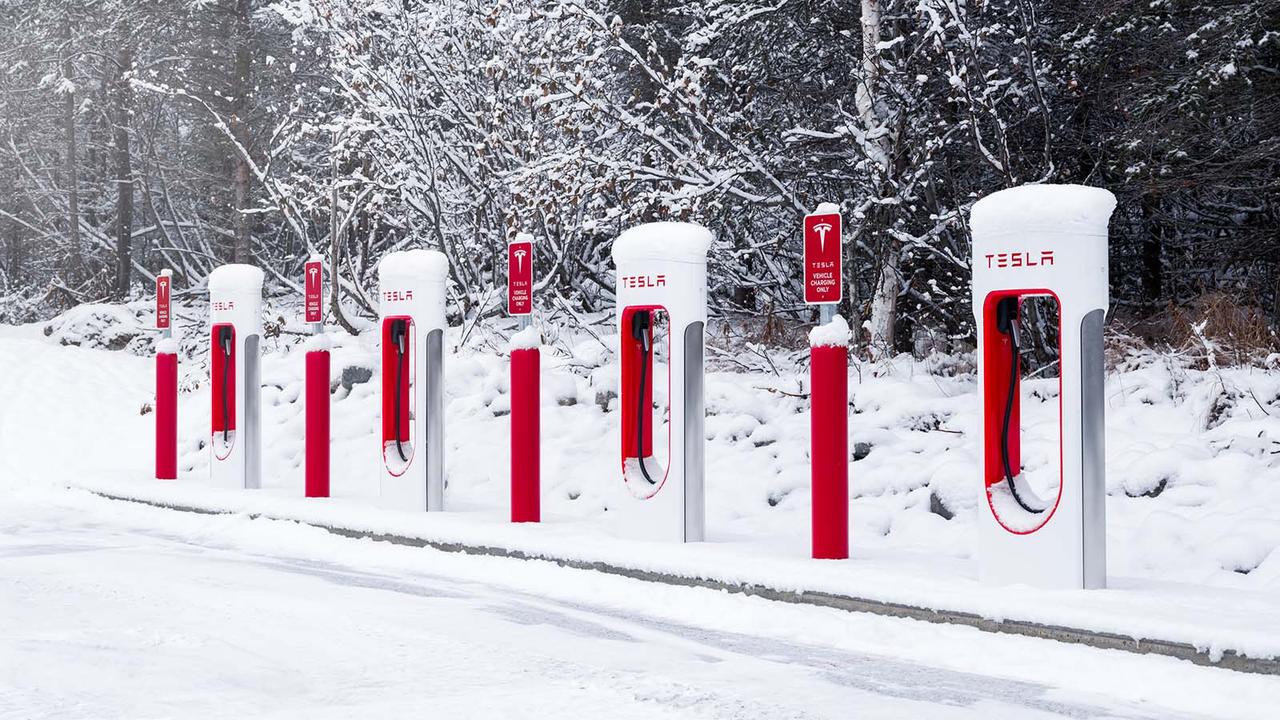
The majority of Supercharger stations in the UK are equipped with V3 (version 3) chargers. These can deliver charge rates up to 250kW, with minimal impact on speeds if other cars are connected to the same charging pillar. V3 chargers also use liquid-cooled cables to achieve their higher charge rates.
Older Superchargers were variously equipped with V1 and V2 charging units. These were slower with rates of up to 120kW (V1) and 150kW (V2). Those speeds would generally drop if other cars were connected to the same charging pillar.
Tesla began the rollout of V4 Superchargers in 2025. They currently support 325kW charging, but Tesla plans to increase this to 500kW in the future.
Save thousands on your perfect electric car
Check out the huge savings available on nearly new and used electric cars for sale at Motorpoint. For more inspiration, see our picks for the best electric cars on sale.



































